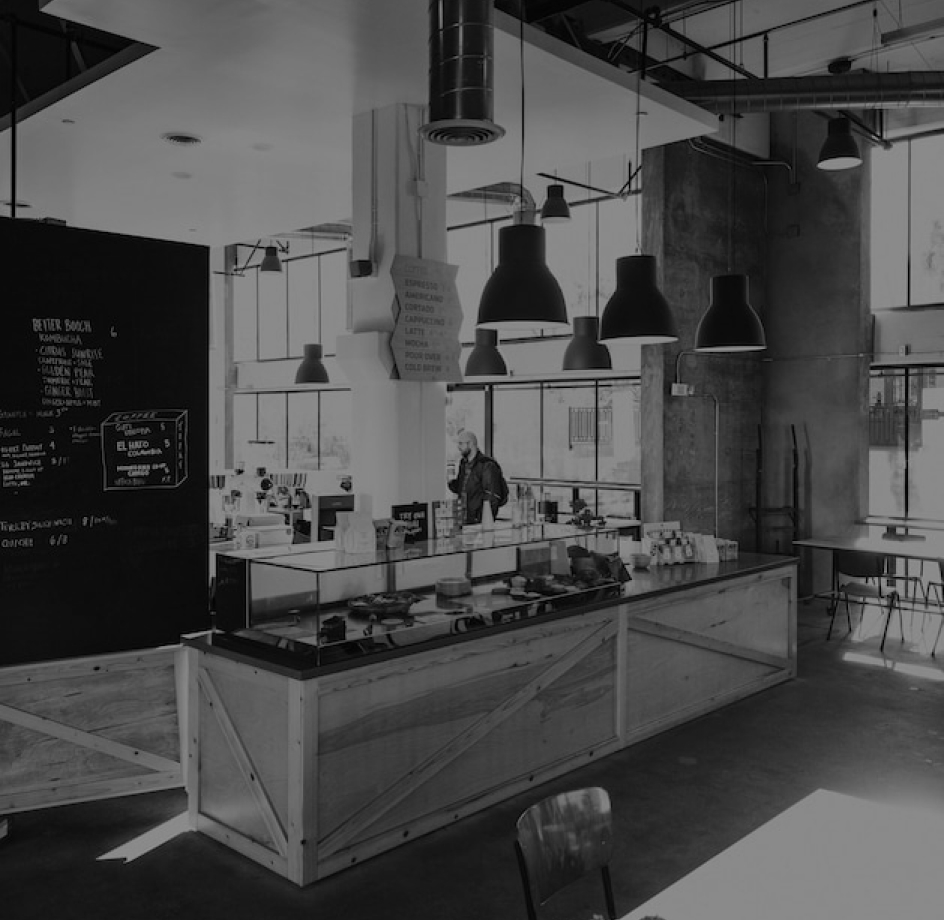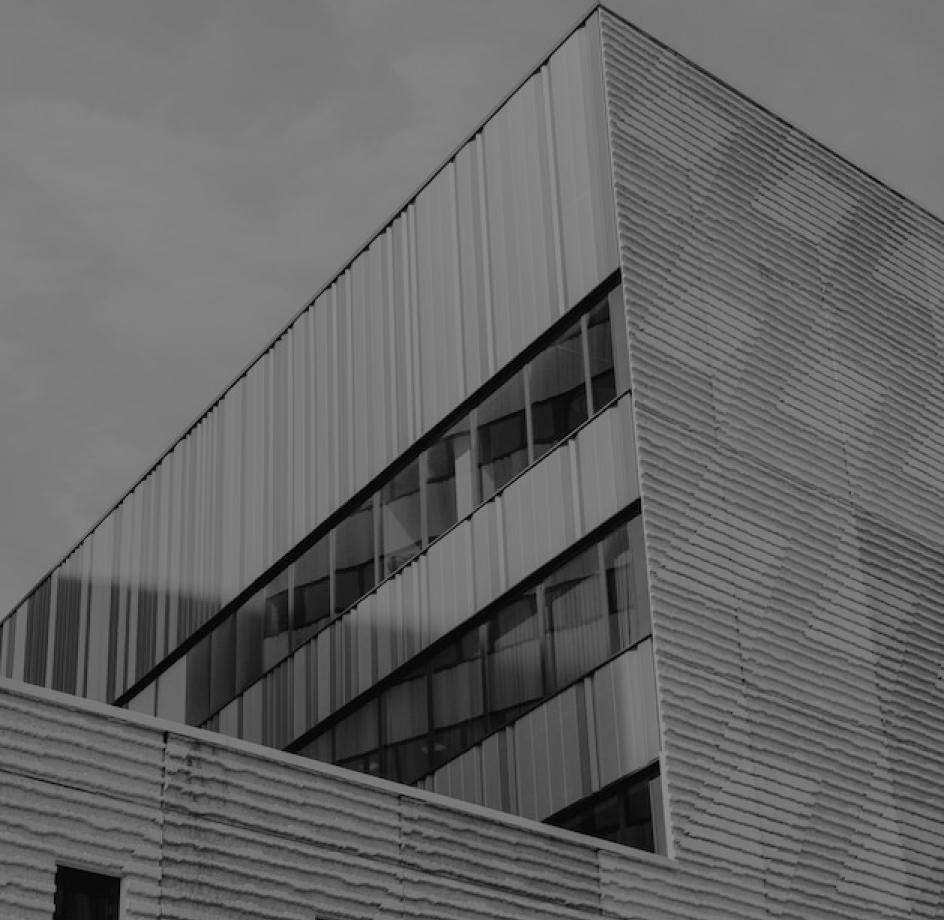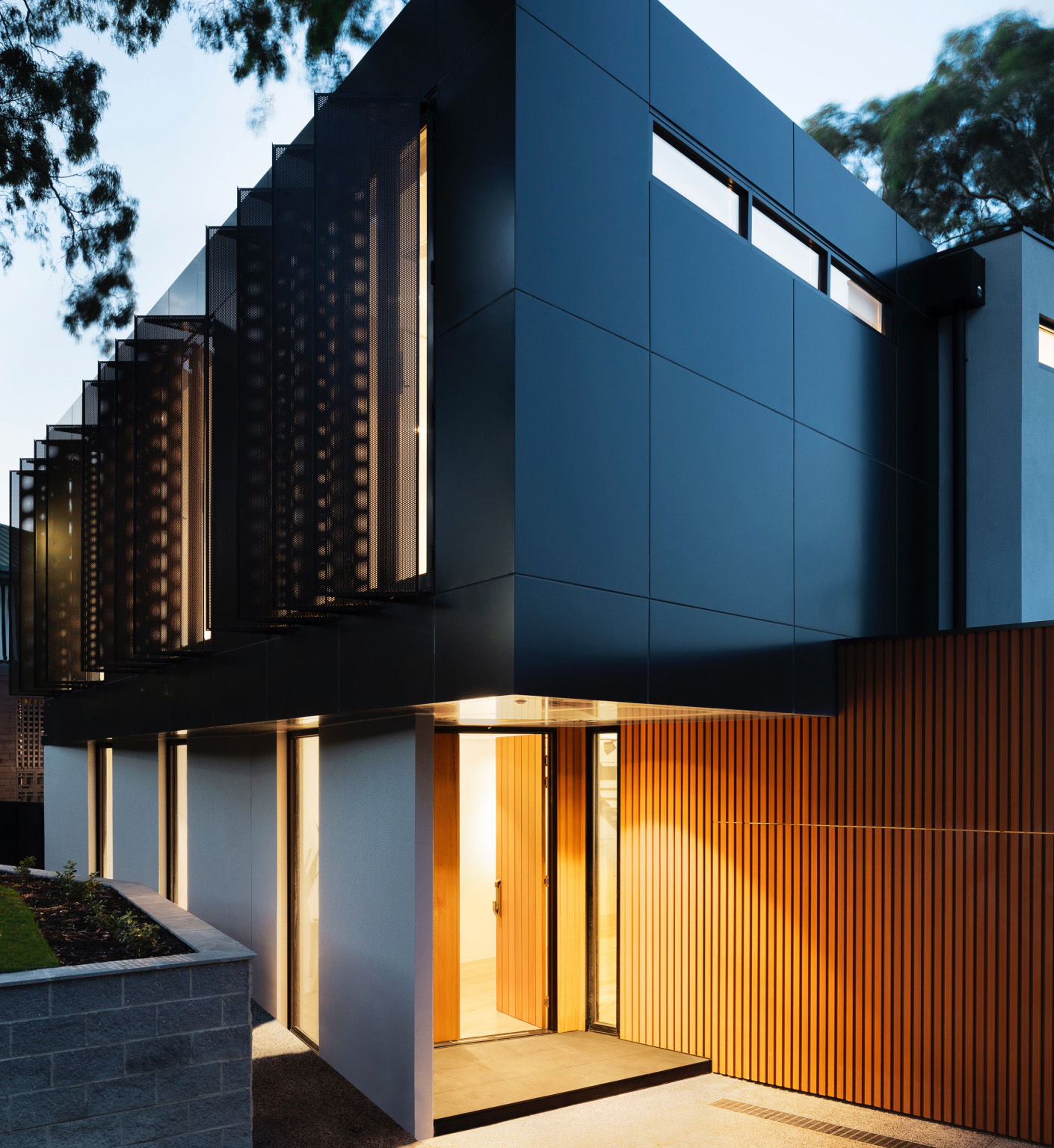Aesthetic Electrics commercial fitouts capability is designed to provide high-quality electrical services for commercial properties, including office spaces, retail shops, restaurants, and other commercial buildings. We understand that commercial spaces require electrical systems that are not only safe and reliable but also functional and efficient, tailored to the specific needs of the business.
We provide a range of services, including energy-efficient lighting solutions, power outlets, data cabling, security systems, and more, all tailored to the specific needs of each business. We understand that commercial space fitouts require careful planning, design, and execution to ensure that they seamlessly integrate with the overall design and functionality of the space.
Our team also prioritizes safety and compliance with industry regulations, ensuring that our installations are safe, reliable, and durable. With our commercial space fitouts capability, you can trust us to provide comprehensive electrical solutions that are tailored to your specific needs, ensuring the success of your business.




This is a point of confusion for many clients we have worked with, as the process has not been clearly defined on previous projects. The process is as follows in the ACT:
It is a common misconception that an electrician should be engaged when cables are ready to be run throughout your desired space. Often it is best to be in touch with your electrician during the design phase, as they know where common pitfalls occur in poor planning not just with the electrical package, but with liaising with other trades such as plumbers, joiners, etc. Common issues that arise may be: